
How to Measure Light Intensity for Plants
- Home
- How to Measure Light Intensity for Plants
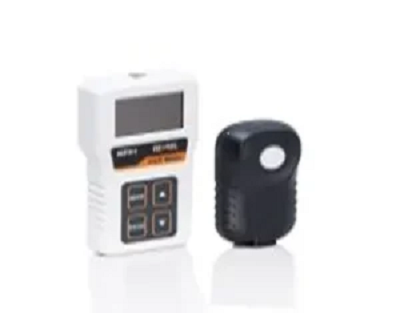
How to Measure Light Intensity for Plants
Proper light intensity is a critical factor in promoting healthy plant growth and development. Whether you are a seasoned horticulturist, an avid gardener, or a plant enthusiast, understanding and measuring light intensity is an essential skill. In this guide, we will delve into the significance of light intensity for plants, explore various measurement methods and equipment, discuss the conversion from PPFD to DLI and cover the role of PAR meters in ensuring optimal light conditions.
Understanding Light Intensity : Light intensity is the amount of light energy reaching a specific area within a given time frame. For plants, light serves as a vital energy source through the process of photosynthesis. Inadequate or excessive light can lead to a range of issues, from stunted growth to poor flowering. Different plants have distinct light intensity requirements, making accurate measurement crucial.
Measuring Light Intensity: Equipment and Methods : Several tools and techniques are available to measure light intensity accurately. Here are some of the most common ones:
Lux Meters:


Lux meters, also known as light meters, are handheld devices that directly measure illuminance in lux. They are widely used for their ease of use and portability. To measure light intensity using a lux meter, follow these steps:
- Calibration: Ensure your lux meter is properly calibrated according to the manufacturer’s instructions.
- Placement: Position the lux meter at the plant’s canopy level for an accurate reading.
- Reading: Allow the reading to stabilize, then record the lux value displayed on the meter.
PAR Meters:
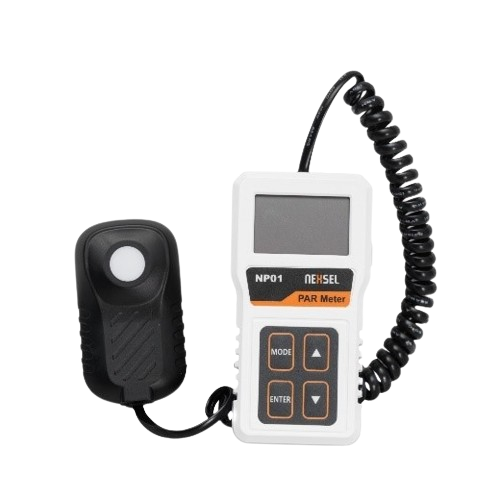
Photosynthetically Active Radiation (PAR) meters are specialized tools that measure the quantity of light within the PAR spectrum (400 to 700 nm) that plants use for photosynthesis. PAR meters provide a more specific measurement of light intensity relevant to plant growth.
Spectrometers:


For those seeking a more technical approach, spectrometers offer advanced insights into light intensity. These devices analyse the distribution of light energy across various wavelengths, enabling the measurement of Photosynthetic Photon Flux Density (PPFD) across the full spectrum. Spectrometers provide a detailed spectral analysis, revealing the spectral quality of light that plants receive. While integrating a spectrometer into your plant care routine requires technical expertise, the information gained is invaluable for optimizing plant growth.
PPFD to DLI Conversion:
PPFD (Photosynthetic Photon Flux Density) is a measurement of the number of photosynthetically active photons that fall on a specific area each second. It provides a direct indication of the light intensity available for photosynthesis.
DLI (Daily Light Integral) is a cumulative measure of the total photosynthetically active photons received by a plant over the course of a day. It gives a better understanding of the total light energy a plant is exposed to.
To convert PPFD to DLI, follow these steps:
- Calculate PPFD: Measure PPFD at different points throughout the day, recording the values.
- Calculate DLI: Calculate the DLI using the formula :
DLI | = | PPFD x Light Hours in a day x 3600 |
10,00,000 |
Finding DLI for Optimal Plant Growth
Different plants have varying DLI requirements for optimal growth. As a general guideline:
- Low Light Plants: DLI of 5-10 mol/m²/day
- Moderate Light Plants: DLI of 10-20 mol/m²/day
- High Light Plants: DLI of 20-40 mol/m²/day or more
Achieving the right DLI involves understanding your plant’s specific needs and adjusting light exposure accordingly.
The Role of PAR Meters: PAR meters are designed to measure the intensity of light within the photosynthetically active spectrum. They provide a direct reading of the light energy that plants use for photosynthesis. When using a PAR meter, consider the following:
- Placement: Position the PAR meter at the canopy level to accurately measure the light intensity received by the leaves.
- Recording: Take measurements at various points throughout the growing area to account for light distribution.
- Interpretation: PAR meters provide instantaneous readings, making them valuable for assessing immediate light conditions and making real-time adjustments.
You may find this article useful for below topics as well –
The Science of Light: Understanding Photosynthetically Active Radiation (PAR) | Choosing the Right Light Meter for Your Indoor Garden | DIY Light Intensity Measurement Tools for Budget Gardeners | Interpreting Light Intensity Data: What Your Plants Are Telling You | Comparing Lux, Foot-Candles, and PAR: Which Metric Matters Most? | The Daily Light Integral (DLI): Calculating Optimal Light Exposure for Your Plants | Measuring Light Intensity for Succulents: A Comprehensive Guide | Light Intensity and Orchids: Finding the Sweet Spot for Blooms | Optimizing Light Intensity for Indoor Vegetable Gardens | The Role of Light Measurement in Hydroponic Crop Success | Seasonal Light Variations: Adapting Your Garden with Changing Sunlight | Measuring and Managing Light Intensity in Greenhouses | Using Light Sensors for Automated Light Management in Grow Rooms | Light Intensity and Cannabis Cultivation: Insights for Home Growers | The Impact of Light Intensity on Plant Health: Detecting and Preventing Issues |
- Blog Categories
- Basic of Artificial Lighting for Plants
- Basic of grow Light
- Case Studies
- General Awareness
- Indoor Vertical Farming
- Medical Plant Research
- Online Tool
- Pitch Grow Light
- Plant Lighting Measurement
- Speed Breeding
- Supplemental Lighting
- Tissue Culture Grow Lights
- Vertical Green Wall
- LED Grow Lights
- Pharma Segment
- General
Popular Products
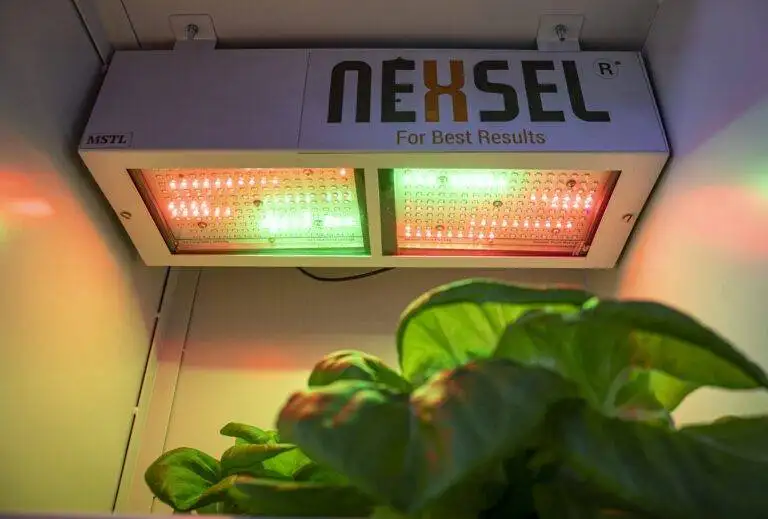
Enquire Now
Quick Link
Other Links
Design & Developed By VBTEK

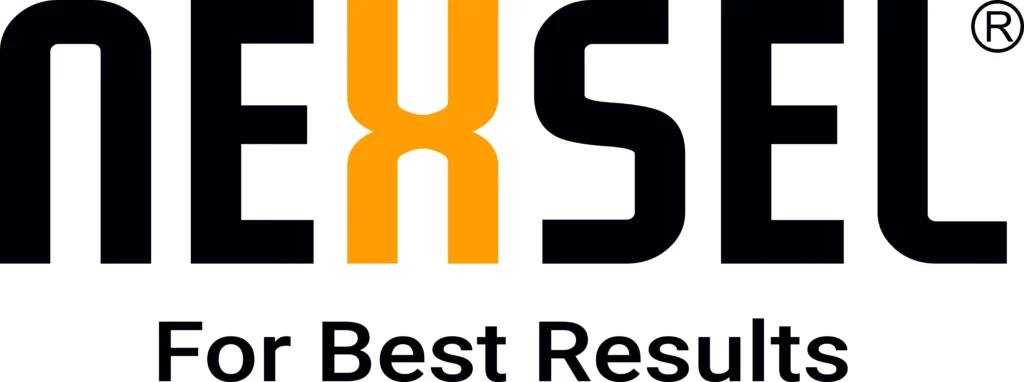
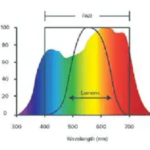
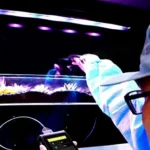
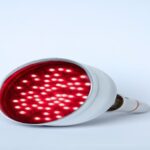
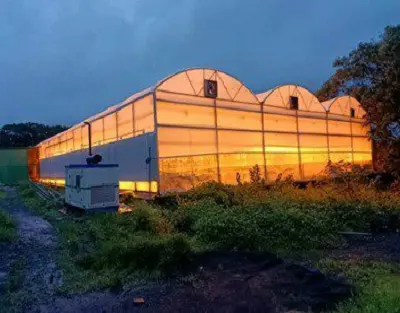
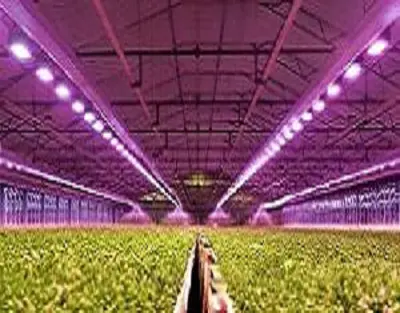
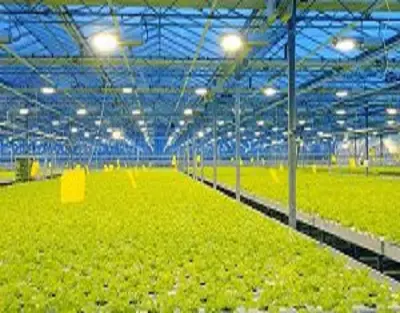
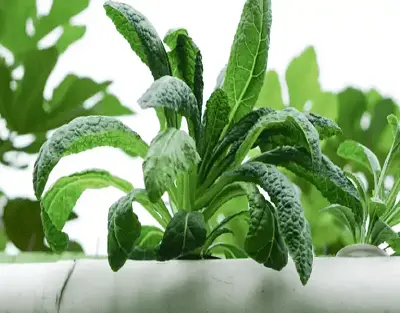
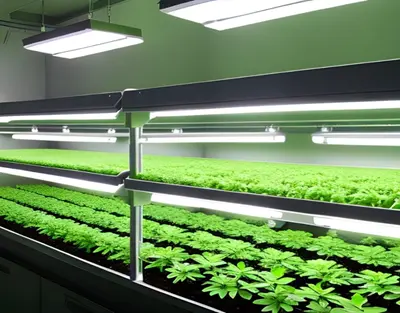
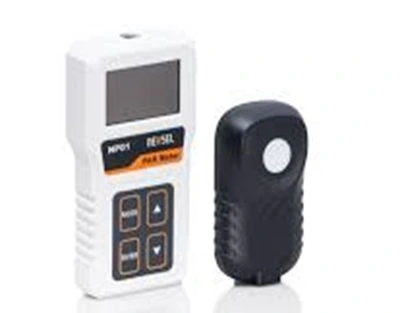
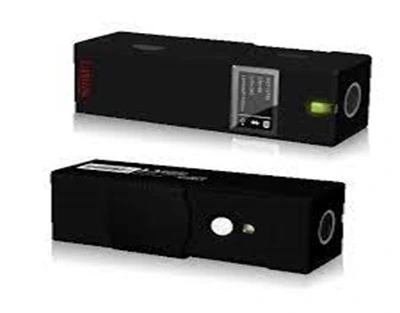
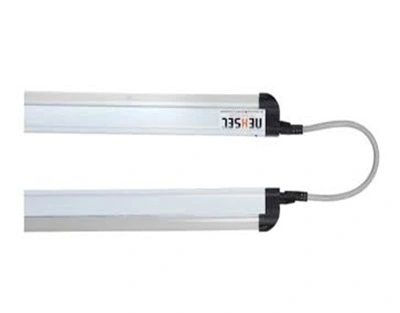
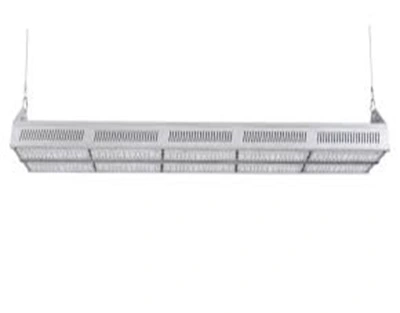
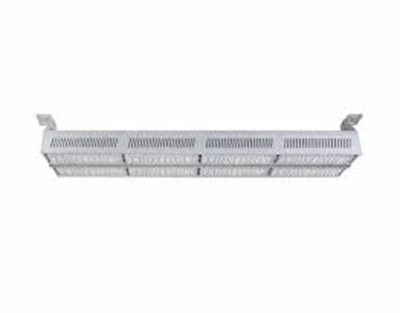
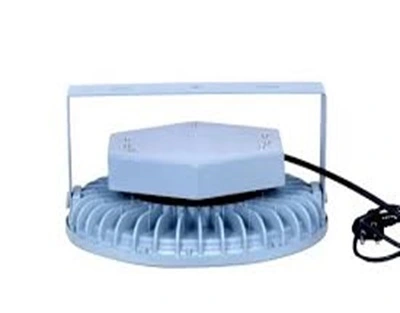
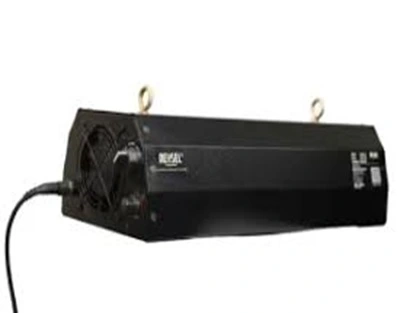
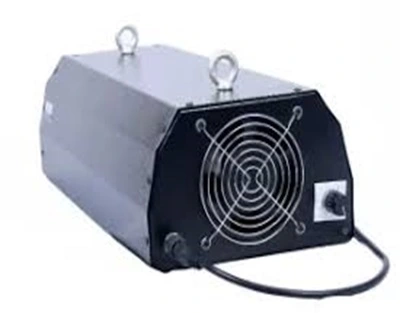
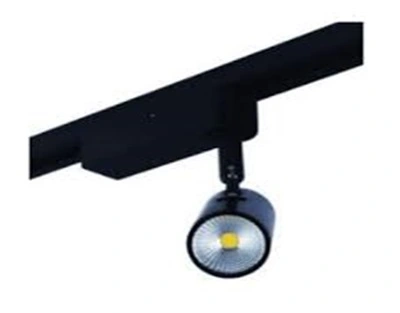
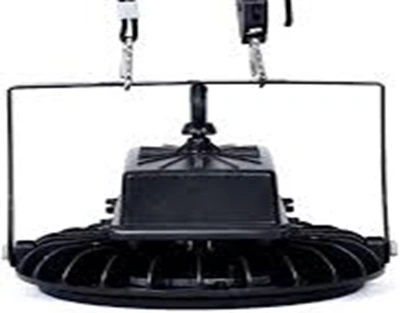
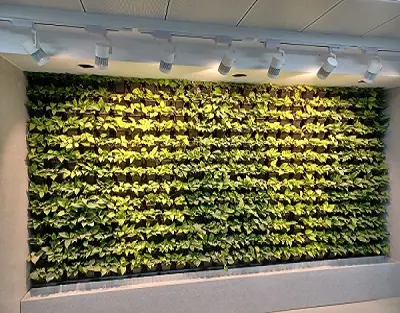
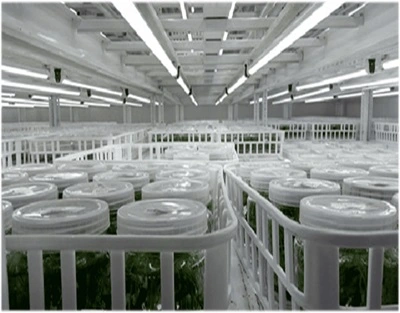
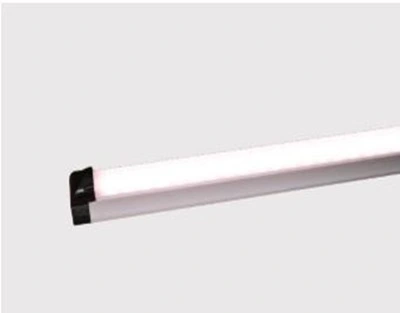
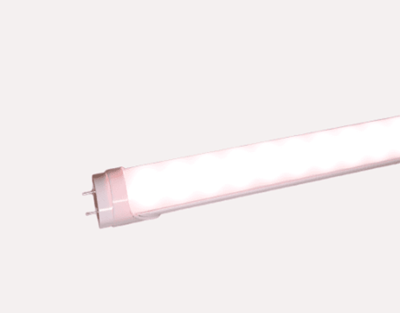
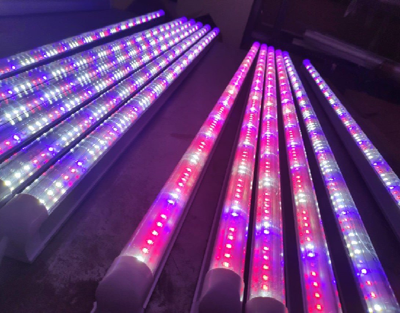
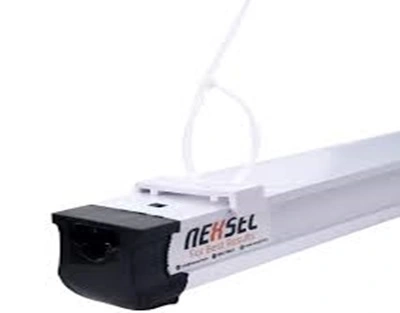
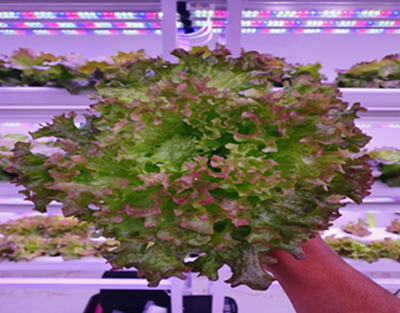
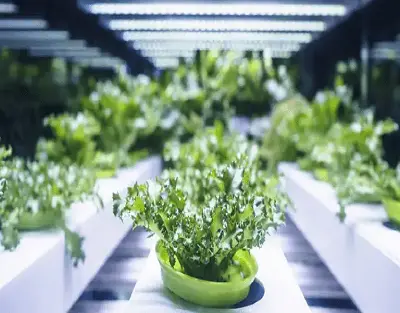
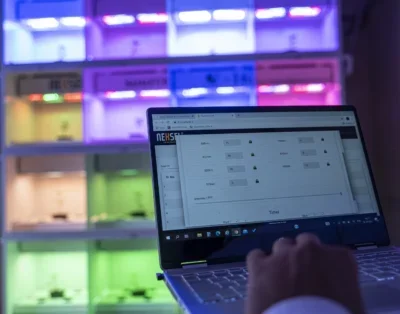

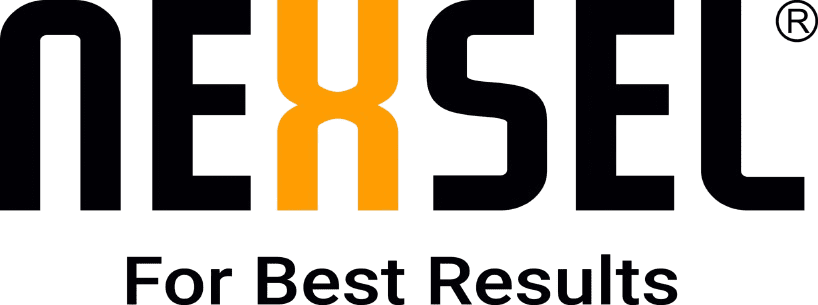
Leave A Comment